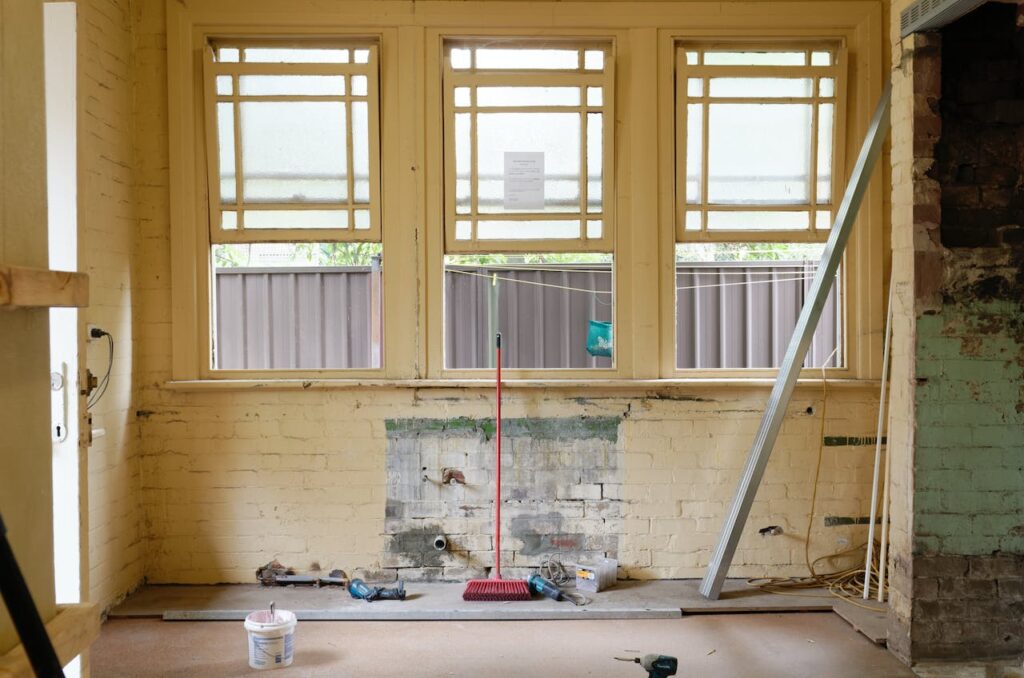
As a homeowner, you may undertake a restoration project at some point in your life to preserve the beauty and charm of your aging home. However, what you may not know is that your restoration project could expose you to hazardous materials that were commonly used in older homes. These dangerous materials were once considered perfectly safe but now are known to pose a significant threat to human health and the environment. This article will discuss some of these hazardous materials that can cause significant problems for restoration projects.
Asbestos
Asbestos is a naturally occurring mineral widely used in construction until the 1970s. Asbestos is a potent carcinogen, and exposure to airborne asbestos fibers can cause serious respiratory diseases such as lung cancer and mesothelioma. It’s become prevalent enough that there are even dedicated mesothelioma claims lawyers who specialize in helping people illegally exposed to asbestos. If you plan to restore an older home, you should be aware that asbestos may be present in insulation, roofing materials, flooring, and other building products. Always wear protective clothing and a respirator when removing asbestos from your home.
Lead
Lead was commonly used in paints until it was banned in the United States in 1978. Lead-based paint can be found in older homes, and exposure to lead can cause neurological damage, particularly in young children. If you plan to restore an older home, test for lead-based paint before beginning any work. If lead-based paint is present, you should hire a professional to remove it safely.
PCBs
Polychlorinated biphenyls (PCBs) are toxic synthetic chemicals commonly used in electrical equipment until they were banned in the United States in 1979. PCBs were prized for their heat-resistant and insulating properties. However, they are now known to cause serious environmental and health hazards, including cancer. If you plan to restore an older home constructed before 1979, test for PCBs in the electrical equipment and lighting fixtures.
Mold
Mold can grow in any home that has damp conditions, and it can cause serious health problems such as asthma, skin irritation, and respiratory problems. Mold can be found in walls, insulation, carpets, and other home areas that are exposed to moisture. If you plan to restore an older home, check for any signs of mold growth. If mold is present, hire a professional to remove it.
Mercury
Mercury was widely used in thermometers, light bulbs, and electrical switches until it was banned in the United States in 2001. Mercury exposure can cause serious health problems, including neurological damage and kidney damage. If you plan to restore an older home, check for mercury in old light bulbs and electrical equipment. If mercury is present, hire a professional to remove it safely.
Restoration projects can be rewarding and enjoyable, but they can also expose you to hazardous materials that can cause serious health problems. When restoring an older home, it is important to be aware of the potential hazards and take the necessary precautions to protect yourself and your family. Always wear protective clothing and a respirator when working with hazardous materials, and hire a professional if you are unsure how to remove these materials safely. Being aware of the risks can make your restoration project successful while keeping your family safe and healthy.


